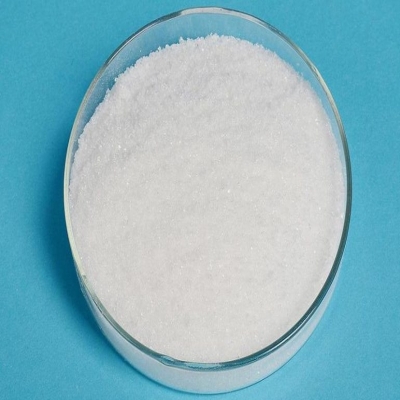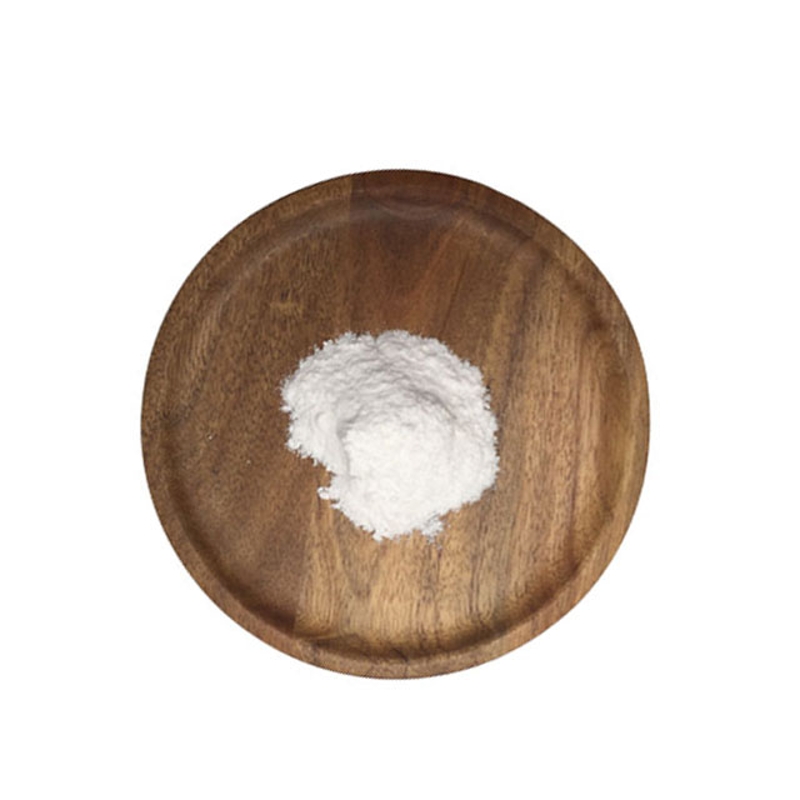-
Categories
-
Pharmaceutical Intermediates
-
Active Pharmaceutical Ingredients
-
Food Additives
- Industrial Coatings
- Agrochemicals
- Dyes and Pigments
- Surfactant
- Flavors and Fragrances
- Chemical Reagents
- Catalyst and Auxiliary
- Natural Products
- Inorganic Chemistry
-
Organic Chemistry
-
Biochemical Engineering
- Analytical Chemistry
- Cosmetic Ingredient
-
Pharmaceutical Intermediates
Promotion
ECHEMI Mall
Wholesale
Weekly Price
Exhibition
News
-
Trade Service
Yimaitong compiles and organizes, please do not reprint without authorization.
Shigella, also known as Shigella, can cause bacillary dysentery clinically.
Shigella can cause infections in all age groups.
The high-risk groups are children, the elderly, and people with weakened immune functions, usually caused by food contamination, poor sanitation, and direct human-to-human contact.
Classification of Shigella Shigellosis is a food-borne or water-borne disease caused by Shigella.
Shigella is a gram-negative facultative intracellular pathogen.
There are 4 serotypes, including Shigella dysenteriae, Shigella flexneri, and Shigella flexneri.
Bacteria (Shigella boydii) and Shigella sonnei (Shigella sonnei).
Among them, Shigella flexneri and Shigella sonnei often cause outbreaks and epidemics, and Shigella baumannii mainly causes severe bacillary dysentery.
In addition, Shigella dysenteriae can also secrete Shiga toxins, causing hemolytic uremic syndrome.
The spread of Shigella Humans are generally susceptible to Shigella, and the source of infection is mainly patients and carriers.
In developed countries, Shigellosis is mainly transmitted through the fecal-oral route, and in developing countries, it is spread mainly through the fecal-oral route, water sources or food.
Shigella can spread rapidly under poor sanitary conditions and densely populated conditions, and even disease in groups.
In addition, Shigellosis can also be spread through sexual contact.
Clinical manifestations Common clinical symptoms of Shigella infection range from mild abdominal discomfort to severe diffuse abdominal pain.
Diarrhea is initially watery and loose stools, followed by mucus pus and bloody stools, and a few people have obvious bloody stools.
Other symptoms include fever, nausea, vomiting, anorexia, and lethargy.
Clinically rare but severe symptoms include delirium, encephalopathy, anuria, epilepsy, meningitis, and coma.
Abdominal examination may have abdominal distension with hyperintestinal sounds.
When the sigmoid colon and rectum are affected, tenderness may appear in the lower abdomen.
Laboratory assessment of the complete blood count (CBC) may show leukocytosis and shift to the left, as well as leukocytopenia, anemia, and thrombocytopenia.
Stool examination can find white blood cells and blood, and the result of stool culture is better than rectal swab culture.
A slight increase in bilirubin indicates that the patient may be severely ill, and there may be increased levels of urea nitrogen and creatinine in dehydration or in children and elderly patients.
Hyponatremia can also occur due to the syndrome of abnormal secretion of antidiuretic hormone.
The levels of inflammatory markers (erythrocyte sedimentation rate and C-reactive protein) may be elevated.
Blood culture may be positive in complex cases, and it is more common in children than in adults.
Fecal alpha-1 antitrypsin is elevated during the acute phase of Shigellosis, and remains high in patients who have failed drug therapy.
A small number of patients may require enzyme-linked immunoassay (ELISA) and polymerase chain reaction (PCR).
The main treatment for Shigellosis is medication, including fluid replacement and electrolyte management.
It should be noted that patients with Shigella infection are not recommended to use bowel motility inhibitors (such as loperamide, diphenoxylate), because these drugs can prolong the infection time and increase bacterial shedding.
Regarding the application of antibiotics, as Shigella's drug resistance is relatively common, antibiotic susceptibility tests can be conducted, and drugs can be selected based on the results of drug sensitivity.
For adult patients, the choice of drugs for empiric antibiotic therapy can be based on demographic characteristics and regional drug resistance characteristics.
For patients without risk factors for drug resistance, fluoroquinolones are recommended; for high-risk patients (including infected persons in Africa and Asia, international travelers, and HIV-infected persons), third-generation cephalosporins can be used.
Once the drug sensitivity result is obtained, the corresponding antibiotic should be replaced according to the drug sensitivity.
For pediatric patients, if antibiotic sensitivity is unknown, azithromycin is the first-line treatment.
In South Asia, due to the widespread resistance of commonly used antibiotics, cefixime and cefotaxime can be selected, and alternative drugs include pimecillin.
Parenteral antibiotic therapy is suitable for children with suspected and confirmed Shigellosis who have symptoms of severe infection, including lethargy, body temperature >39°C, latent immunodeficiency, and inability to take oral medications.
After timely diagnosis and treatment of Shigellosis, the prognosis is generally good, and the patient has no sequelae.
Poor prognostic factors for this disease include treatment delay, immune insufficiency, prolonged disease duration (> 7 days), and children and elderly patients.
The prevention of Shigella infection can be carried out by the following measures: pay attention to personal hygiene, wash hands frequently with soap and water; pay attention to drinking water and food hygiene, and cook food thoroughly and avoid raw food; avoid people with diarrhea or those who have just had diarrhea Contact with recovering patients; engage in safe sex, etc.
References: 1.
Aslam A, Okafor CN.
Shigella.
[Updated 2020 Aug 11].
In: StatPearls [Internet].
Treasure Island (FL): StatPearls Publishing; 2021 Jan-.
2.
Kang Jingjing, Yang Yurong.
etc.
Zhi Congratulations Research progress on the pathogenesis of dysentery.
Chinese Agricultural Sciences 2011,44(9):1939-1944.
3.
Traa BS, Walker CL, Munos M,et al.
Antibiotics for the treatment of dysentery in children.
Int J Epidemiol.
2010 Apr ;39 Suppl 1:i70-4.







